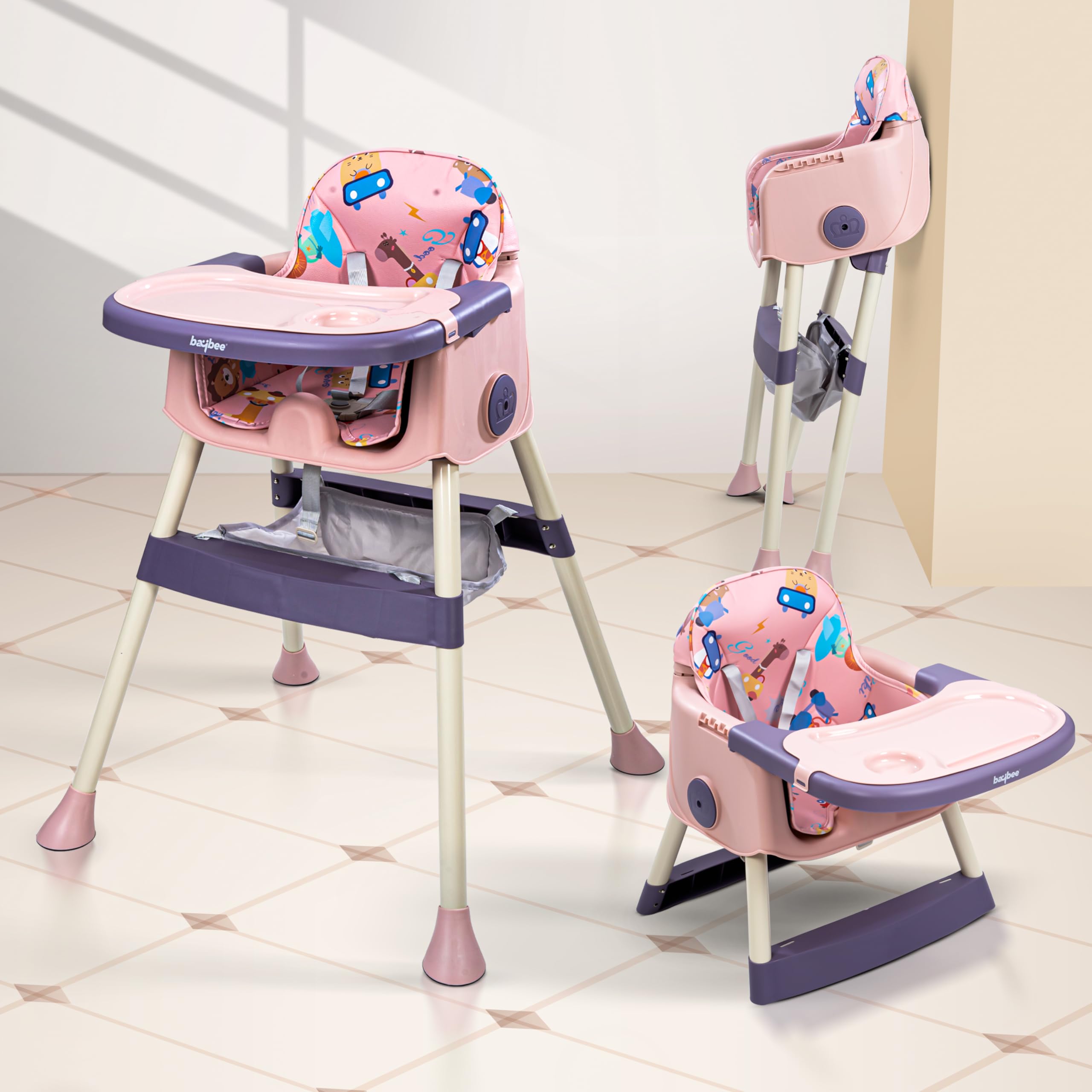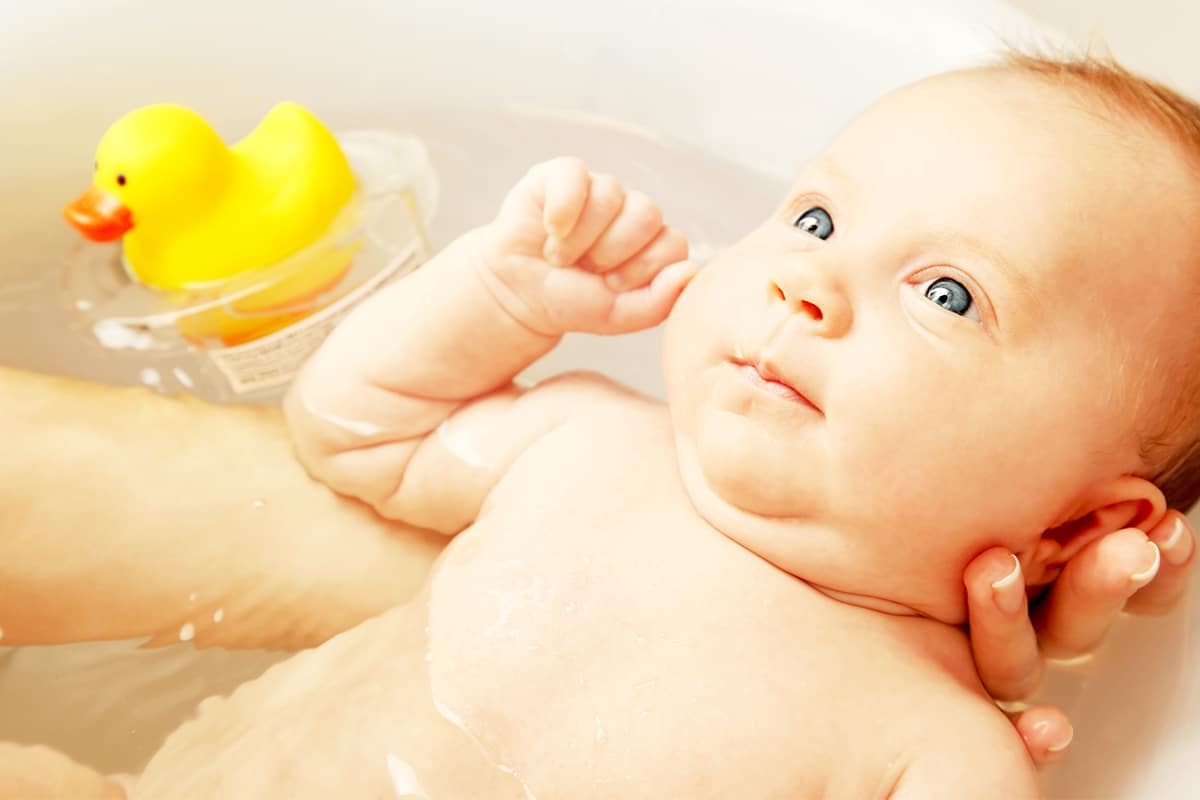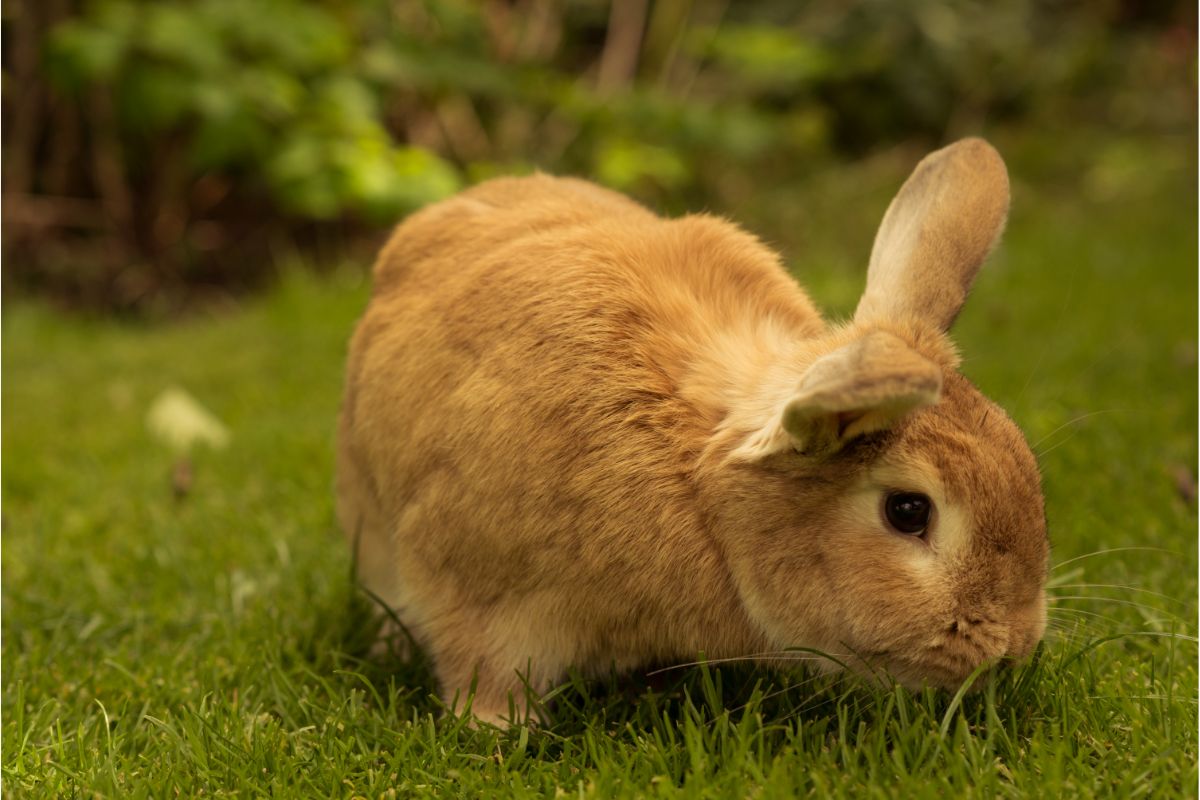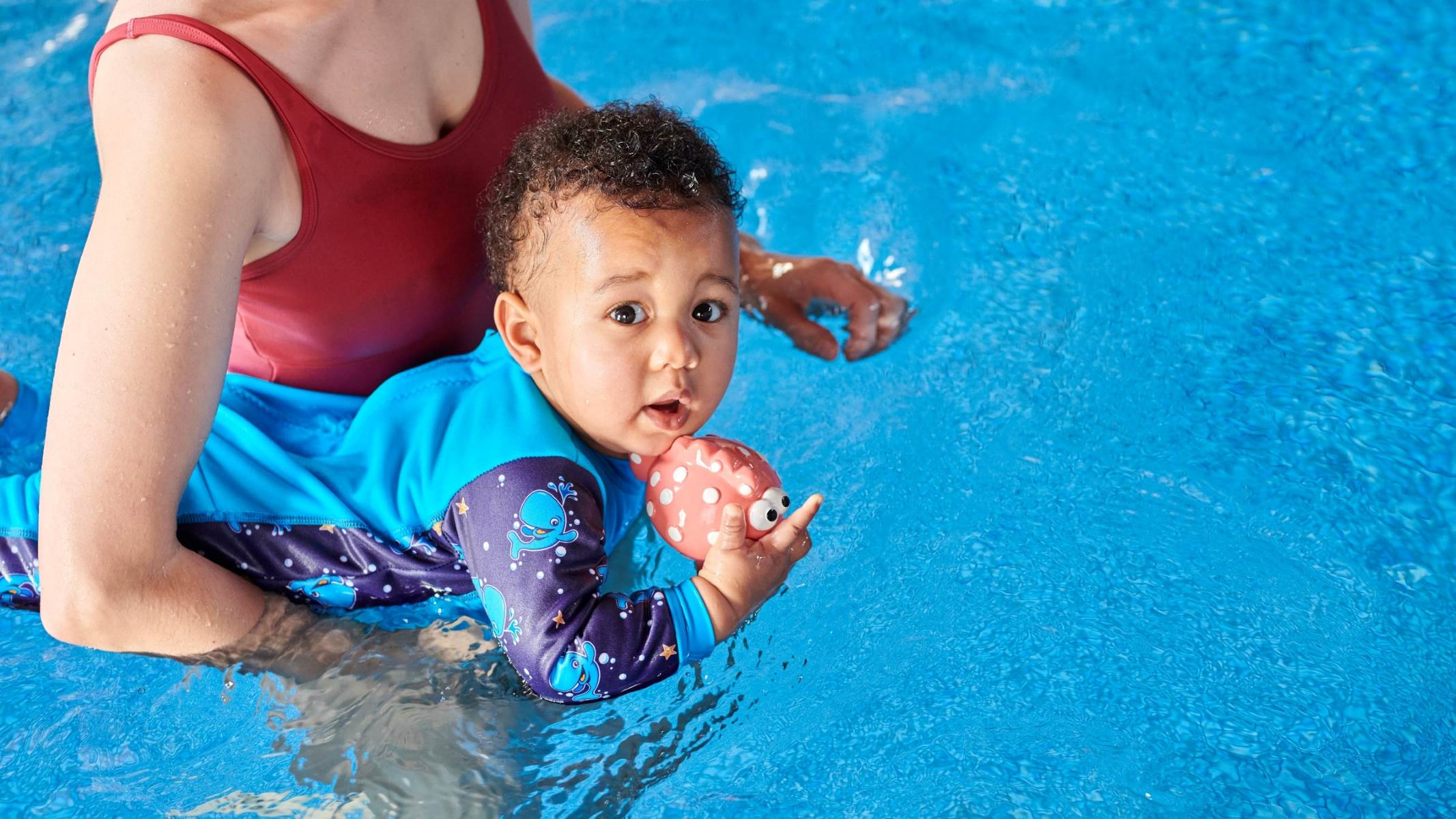Home>Furniture & Design>Bathroom Accessories>When Can Babies Sit In Bathtub


Bathroom Accessories
When Can Babies Sit In Bathtub
Modified: October 18, 2024
Discover when babies can safely sit in the bathtub with the right bathroom accessories. Learn how to make bath time enjoyable and safe for your little one.
(Many of the links in this article redirect to a specific reviewed product. Your purchase of these products through affiliate links helps to generate commission for Storables.com, at no extra cost. Learn more)
Introduction
Bathing a baby is a cherished ritual for many parents, offering a precious opportunity for bonding and relaxation. As babies grow and reach developmental milestones, their bathing needs evolve, prompting caregivers to adapt to their changing requirements. One such milestone is the ability to sit independently, which significantly impacts the bathing experience. Understanding when babies can sit in the bathtub is crucial for ensuring their safety and comfort during this daily routine.
Babies typically reach the milestone of sitting independently between the ages of 4 to 7 months, although individual development varies. Once a baby can sit unassisted, they gain a new level of interaction and engagement during bath time. This developmental leap opens up a world of exploration and sensory stimulation, making bath time an even more enjoyable and enriching experience for both the baby and the caregiver.
As babies transition from reclining in a baby bathtub to sitting upright, caregivers must be mindful of safety precautions and best practices to ensure a secure and pleasant bathing environment. Understanding the signs of readiness, developmental milestones, and practical tips for bathing a sitting baby is essential for navigating this exciting phase of a baby's growth and development.
In the following sections, we will delve into the safety precautions to consider, the developmental milestones associated with sitting, the signs that indicate a baby is ready to sit in the bathtub, and valuable tips for bathing a sitting baby. By gaining insight into these aspects, caregivers can confidently and effectively facilitate a safe and enjoyable bathing experience for their little ones.
Key Takeaways:
- Babies can sit in the bathtub around 4 to 7 months old, but it varies. Caregivers should watch for signs of readiness, use safety measures, and engage in interactive play for a fun and safe bath time experience.
- As babies learn to sit independently, caregivers should create a secure bathing environment, use a suitable bathing seat, and maintain close supervision. Encouraging exploration and minimizing distractions can make bath time enjoyable for both the baby and the caregiver.
Read more: When Can A Baby Use A Bathtub?
Safety Precautions
Ensuring the safety of a sitting baby during bath time is paramount. As babies transition to sitting independently, caregivers must implement specific safety precautions to minimize risks and create a secure bathing environment. Here are essential safety measures to consider:
-
Supervision: Always maintain direct supervision when a baby is in the bathtub. Even with a baby who can sit unassisted, it's crucial to stay within arm's reach at all times. This level of attentiveness is vital for preventing accidents and responding promptly to any unforeseen circumstances.
-
Non-Slip Surface: Utilize a non-slip mat or adhesive decals in the bathtub to provide traction and stability for the baby. This helps prevent slipping and sliding, especially as the baby explores their newfound ability to sit and move around in the water.
-
Water Temperature: Prior to placing the baby in the bathtub, ensure that the water temperature is safe and comfortable. The ideal water temperature for a baby's bath ranges between 90°F and 100°F (32°C to 38°C). Use a reliable thermometer to gauge the water temperature and avoid any extremes that could pose a risk to the baby's delicate skin.
-
Secure Bathing Seat: Consider using a specially designed bathing seat that provides support and stability for a sitting baby. These seats are equipped with features such as non-slip surfaces and supportive backrests, offering an added layer of security during bath time.
-
Avoid Distractions: Minimize distractions during bath time to maintain focus on the baby. Keep electronic devices, such as phones or tablets, out of reach to ensure that full attention is dedicated to supervising and interacting with the baby.
-
Proper Handling: When lifting the baby in and out of the bathtub, use gentle and secure handling techniques. Support the baby's body and head while maintaining a firm grip to prevent accidental slips or falls.
-
Drainage Control: Be mindful of the water level and drainage control in the bathtub. Ensure that the water level is appropriate for the baby's safety and comfort, and be cautious when draining the water to prevent any sudden changes that could startle or discomfort the baby.
By adhering to these safety precautions, caregivers can create a secure and nurturing environment for a sitting baby's bath time. These measures not only prioritize the baby's safety but also contribute to a positive and enjoyable bathing experience for both the baby and the caregiver.
Developmental Milestones
The developmental milestones associated with a baby's ability to sit independently mark an exciting phase in their growth and physical capabilities. Typically, babies achieve the milestone of sitting unassisted between the ages of 4 to 7 months, although individual variations in development are common. This period signifies a remarkable transition as the baby gains newfound control over their body and posture, paving the way for enhanced interaction and exploration during daily activities, including bath time.
As babies progress through their developmental journey, they undergo a series of physical and cognitive advancements that contribute to their ability to sit upright. Prior to achieving this milestone, babies typically demonstrate a progression of skills that lay the foundation for independent sitting. These include strengthening their neck and core muscles, developing balance and coordination, and refining their sensory awareness and motor skills.
The journey to independent sitting begins with the baby's ability to lift and control their head, a crucial early milestone that signifies the strengthening of neck muscles. As the baby gains neck control, they gradually progress to propping themselves up on their forearms during tummy time, further building strength in their upper body and core muscles. This stage of development sets the stage for the baby to eventually transition to sitting with support, such as using pillows or cushions to maintain an upright position.
As the baby's muscles continue to strengthen and their balance improves, they begin to demonstrate the ability to sit briefly without support, initially relying on their hands for stability. Over time, the baby gains the confidence and muscle control to sit unassisted, marking a significant achievement in their physical development. This newfound ability opens up a world of possibilities for the baby, enabling them to engage in various activities from a seated position, including play, exploration, and, of course, bath time.
The attainment of independent sitting signifies a pivotal moment in the baby's journey towards mobility and autonomy. It reflects the culmination of their efforts to master control over their body and posture, setting the stage for further developmental milestones, such as crawling and eventually walking. As caregivers witness the baby's progression from reclining in a baby bathtub to sitting upright, they play an integral role in supporting and encouraging the baby's physical and cognitive development, fostering a nurturing environment that promotes exploration and learning.
Understanding the developmental milestones associated with a baby's ability to sit independently provides caregivers with valuable insight into the baby's evolving capabilities and needs. This awareness enables caregivers to adapt their caregiving practices, including bath time routines, to align with the baby's developmental stage, ensuring a safe, engaging, and enriching experience for the baby as they embark on this exciting phase of their growth and exploration.
Signs of Readiness
Recognizing the signs that indicate a baby is ready to sit in the bathtub is essential for ensuring a smooth and enjoyable transition to this new phase of bath time. While each baby develops at their own pace, there are common indicators that caregivers can observe to determine if their little one is prepared for sitting during baths.
-
Stable Head Control: A key sign of readiness is the baby's ability to maintain stable head control while in a seated position. This indicates that the neck and upper body muscles have developed sufficiently to support the baby's head without assistance, laying the foundation for safe and comfortable sitting during bath time.
-
Balanced Posture: Observing the baby's posture during supported sitting can provide valuable insights into their readiness for independent sitting. When the baby demonstrates an upright and balanced posture with minimal slumping or reliance on external support, it signals progress towards sitting independently.
-
Engagement and Curiosity: Babies who show increased engagement and curiosity during bath time, actively reaching for toys or showing interest in their surroundings while in a seated position, often exhibit readiness for sitting in the bathtub. This eagerness to explore and interact indicates a level of comfort and confidence in the seated posture.
-
Reduced Startle Reflex: As babies mature, their startle reflex diminishes, allowing them to maintain a more relaxed and stable seated position. Caregivers can observe the baby's reactions to stimuli and movements to gauge the extent to which the startle reflex interferes with their ability to sit comfortably.
-
Assisted Sitting Skills: Babies who demonstrate the ability to sit with minimal support, such as propping themselves up with their hands or using surrounding objects for balance, display promising signs of readiness for independent sitting. These incremental advancements in sitting skills indicate the baby's growing strength and coordination.
-
Physical Readiness: Assessing the baby's overall physical development, including muscle strength, balance, and coordination, provides valuable clues about their readiness for sitting in the bathtub. Caregivers can observe the baby's movements, tummy time activities, and interactions with their environment to gauge their physical preparedness for independent sitting.
By attentively observing these signs of readiness, caregivers can make informed decisions about introducing sitting during bath time, ensuring that the baby's developmental progress aligns with the transition to this new bathing phase. Understanding and responding to the baby's cues and capabilities fosters a supportive and responsive caregiving approach, promoting a positive and enriching bathing experience for the baby as they embark on this exciting developmental milestone.
Tips for Bathing a Sitting Baby
Bathing a sitting baby marks a significant transition in the caregiving routine, presenting caregivers with new opportunities to engage and interact with their little ones. As babies gain the ability to sit independently, bath time evolves into a dynamic and enriching experience that fosters exploration, sensory stimulation, and bonding. To ensure a safe, comfortable, and enjoyable bathing experience for a sitting baby, caregivers can implement the following tips:
Read more: When Do Babies Sit In A High Chair?
1. Establish a Secure Bathing Environment
Create a safe and supportive bathing environment by utilizing a non-slip mat or adhesive decals in the bathtub to provide traction and stability for the sitting baby. This minimizes the risk of slipping and enhances the baby's confidence during bath time.
2. Opt for a Suitable Bathing Seat
Consider using a specially designed bathing seat that offers support and stability for the sitting baby. These seats are equipped with non-slip surfaces and supportive backrests, providing an added layer of security and comfort during bath time.
3. Maintain Close Supervision
Ensure continuous and direct supervision throughout the bathing session, staying within arm's reach of the baby at all times. This level of attentiveness is crucial for preventing accidents and promptly addressing any unforeseen situations.
4. Engage in Interactive Play
Encourage interactive play during bath time by introducing water-safe toys and engaging the baby in playful activities. This not only enhances the baby's sensory experience but also fosters a positive association with bath time.
5. Use Gentle Handling Techniques
When lifting the baby in and out of the bathtub, employ gentle and secure handling techniques. Support the baby's body and head while maintaining a firm grip to ensure a smooth and safe transition in and out of the water.
6. Maintain Comfortable Water Temperature
Prior to placing the baby in the bathtub, ensure that the water temperature is safe and comfortable. Use a reliable thermometer to gauge the water temperature, aiming for a range between 90°F and 100°F (32°C to 38°C) to prevent any discomfort to the baby's delicate skin.
7. Minimize Distractions
Create a focused and calming environment during bath time by minimizing distractions. Keep electronic devices out of reach to maintain full attention on supervising and interacting with the baby.
8. Encourage Exploration
Facilitate the baby's exploration and sensory stimulation by allowing them to interact with water-safe toys and encouraging gentle splashing and movement within the bathtub. This promotes a sense of discovery and engagement during bath time.
By implementing these tips, caregivers can create a nurturing and secure environment for a sitting baby's bath time, fostering a positive and enriching experience that supports the baby's developmental milestones and strengthens the caregiver-child bond.
Conclusion
In conclusion, the transition to bathing a sitting baby marks a significant milestone in both the baby's developmental journey and the caregiver's nurturing role. As babies achieve the ability to sit independently, bath time evolves into a dynamic and interactive experience that fosters exploration, sensory stimulation, and bonding. By understanding the signs of readiness, implementing safety precautions, and embracing practical tips, caregivers can facilitate a safe, engaging, and enriching bathing experience for their little ones.
The developmental milestones associated with a baby's ability to sit independently signify a remarkable phase in their physical and cognitive growth. From strengthening neck muscles to achieving balanced posture, each step towards independent sitting reflects the baby's increasing control over their body and posture. Caregivers play a pivotal role in supporting and encouraging this progression, creating a nurturing environment that promotes exploration and learning during bath time.
Recognizing the signs of readiness for sitting in the bathtub empowers caregivers to make informed decisions about introducing this new phase of bath time. Observing the baby's stable head control, balanced posture, engagement, and reduced startle reflex provides valuable insights into their preparedness for sitting independently. By responding to the baby's cues and capabilities, caregivers can ensure a seamless and enjoyable transition to bathing a sitting baby.
Safety precautions, such as maintaining close supervision, utilizing non-slip surfaces, and controlling water temperature, are essential for creating a secure bathing environment for a sitting baby. These measures prioritize the baby's safety and well-being, contributing to a positive and comforting bathing experience. Additionally, practical tips, including interactive play, gentle handling techniques, and encouraging exploration, enhance the overall bath time experience, fostering a sense of joy and connection between the caregiver and the baby.
As caregivers embrace the transition to bathing a sitting baby, they embark on a journey of discovery and interaction, fostering a nurturing environment that supports the baby's developmental milestones. By integrating safety, engagement, and comfort into the bathing routine, caregivers can create lasting memories and strengthen the bond with their little ones, transforming bath time into a cherished and enriching experience for both the baby and the caregiver.
Frequently Asked Questions about When Can Babies Sit In Bathtub
Was this page helpful?
At Storables.com, we guarantee accurate and reliable information. Our content, validated by Expert Board Contributors, is crafted following stringent Editorial Policies. We're committed to providing you with well-researched, expert-backed insights for all your informational needs.













0 thoughts on “When Can Babies Sit In Bathtub”